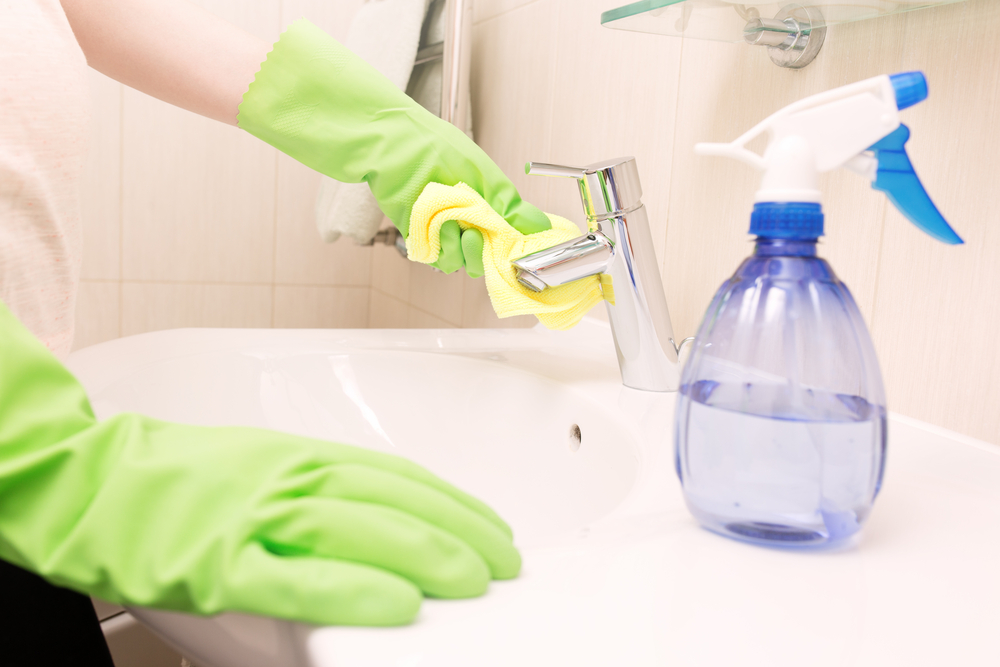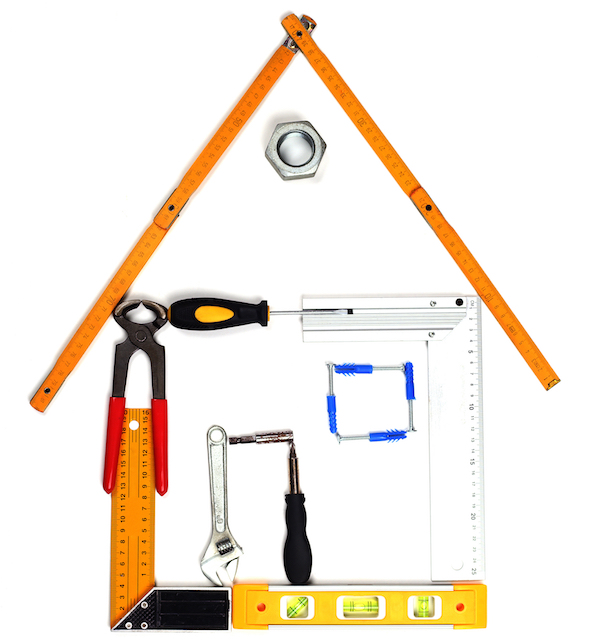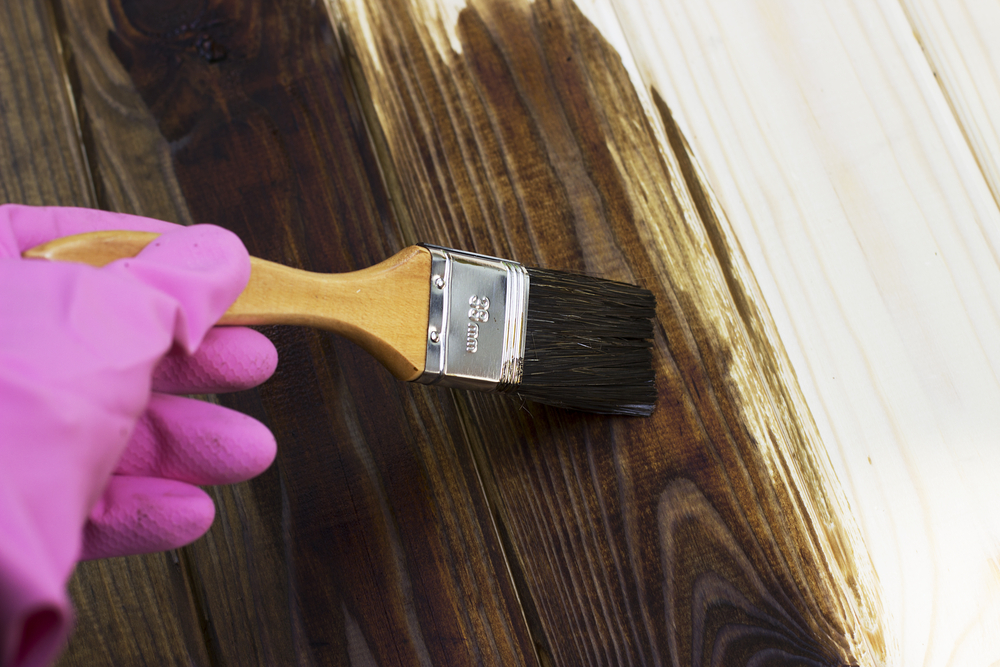Maybe it’s the lack of vibrant natural light, the predominance of reds, golds, and browns, or the stunning beauty of the pure white snow soon to come; but for some reason, there’s a huge misconception that painting is more of a task to do in the warmer months. Sure, the freshness of spring may put you in the mood for all things new- including a color change, but autumn is as good as any a time to paint the interior of your home. In fact, it may be the best time. Here are some advantages to repainting the interior of your home during the fall months:
Not as Humid — The heat and humidity in the summer months actually makes it harder for the paint to dry and cure properly. The excess moisture from the humidity prevents it from evaporating, and it doesn’t bond to the wall. This will cause issues with the texture of the paint and result in an uneven coat. It also makes the paint dry a lot faster.
Moderately Cooler Temperatures — Those temperate weather seasons like Fall and Spring are great for opening the windows to let the paint fumes out without worrying about letting the heat or A/C out with it. Once the winter hits, painting would put you between fumes and freezing; in the summer it’s that or the fiery heat.
Saves Time for Other Projects — By repainting the interior of your home during the fall or even winter months, you will have time for other projects like gardening, patio upgrades, and painting the exterior of the house — projects that are best done in the spring and summer.
If you’d rather skip all that hard work and relax, let TalkLocal find you a professional that can handle it for you. Best part is — painting contractors are likely to score you a good deal because the colder months are their slower months.
















